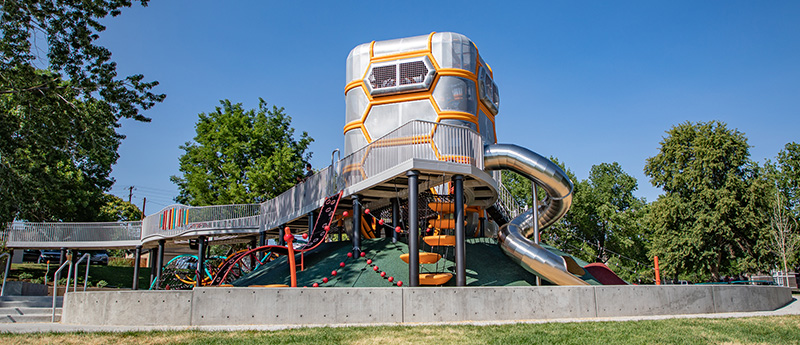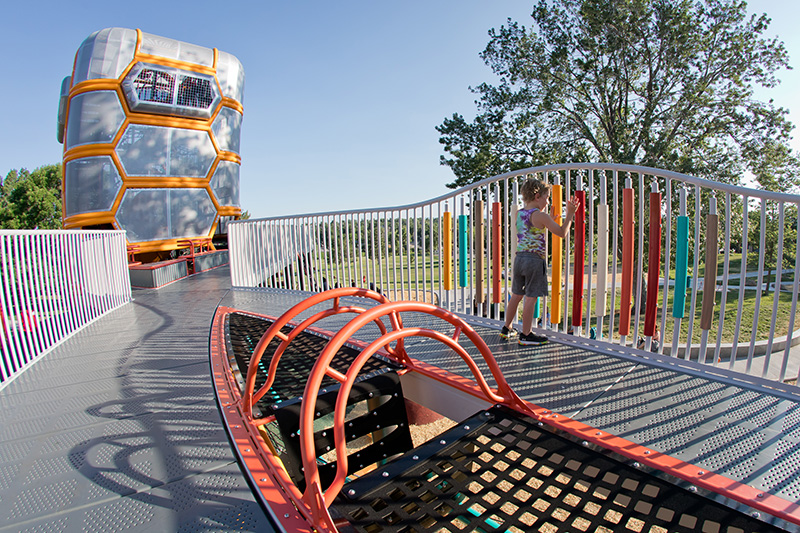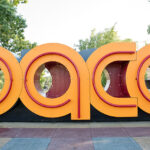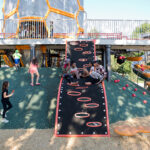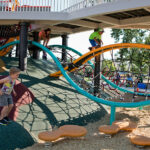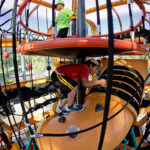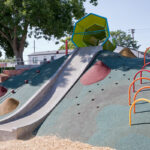We recently talked with Corey Lahr, assistant principal at Delano Elementary School in our hometown of Delano, Minn., about his experience with the Green Classroom Professional Certificate Program. The program, which was introduced by the Center for Green Schools at the U.S. Green Building Council, encourages sustainable practices in classrooms to further the mission of creating green schools for everyone within this generation.
The certificate program was an online course with a dozen animated modules discussing a variety of green classroom topics. Learn more about the program here, and read below to hear Corey’s take on the program.

Q: Why were you interested in participating in the Green Classroom Professional Certificate Program?
A: We are in our third year of working with SEE (Schools for Energy Efficiency), which is helping us create a five-year plan to help us be more energy-efficient, focused on sustainability, and ultimately save our school money. Additionally, I thought that I would be able to gain some new ideas to help us along the path.
Q: In addition to welcoming Landscape Structures into the school to handout apples  for the Green Apple Day of Service, what steps has your school taken to be more conscious about the environment?
for the Green Apple Day of Service, what steps has your school taken to be more conscious about the environment?
A: After watching the modules, I realized that Delano Elementary School is on-par, and maybe ahead of the game, with other schools. Some of the things that we already have in place include:
- Shutting the lights off when we leave a room
- Turning down the temperature to 68-degrees
- Combining refrigerators so that now two classrooms share one instead of each room having its own
- Installing light sensors so that the lights turn off if the natural light is bright enough in a room
- Unplugging electronics at night
- Composting lunchroom waste, and separating plastics and Styrofoam
Q: What are two things that you learned that you might be able to implement at Delano Elementary?
A: While we’re composting our lunchroom waste, and separating our plastics and Styrofoam, we’re still sending it to the dump. I learned that we really need to make an effort to actually recycle those items, and will be looking into how we can accomplish that.
Additionally, I learned that we need to focus on educating our students and staff on why we are taking these steps to be more sustainable. We currently have morning meetings in each classroom during which we discuss a variety of issues. This is a great opportunity to address the environmental items, and teach students more about our efforts.
Q: What were your overall thoughts on this certificate program, and would you recommend it to other education professionals? If so, why?
A: The Green Classroom Professional certification program was a really great learning opportunity. It reinforced that we at Delano Elementary are on the right track in our efforts, and maybe a little ahead of the pace of some other schools. This program would be great for a school that is just getting started in the process; the training modules gave some really good ideas.
I’m the assistant principal at the elementary school and can help influence many environmental activities, but I think this program would also be great for other resources within the school. There was quite a bit of talk about maintaining air quality in the modules, which the school custodian or business manager could speak to with more knowledge. Also, by having a few people complete the certification program helps facilitate more conversation about environmental activities.
